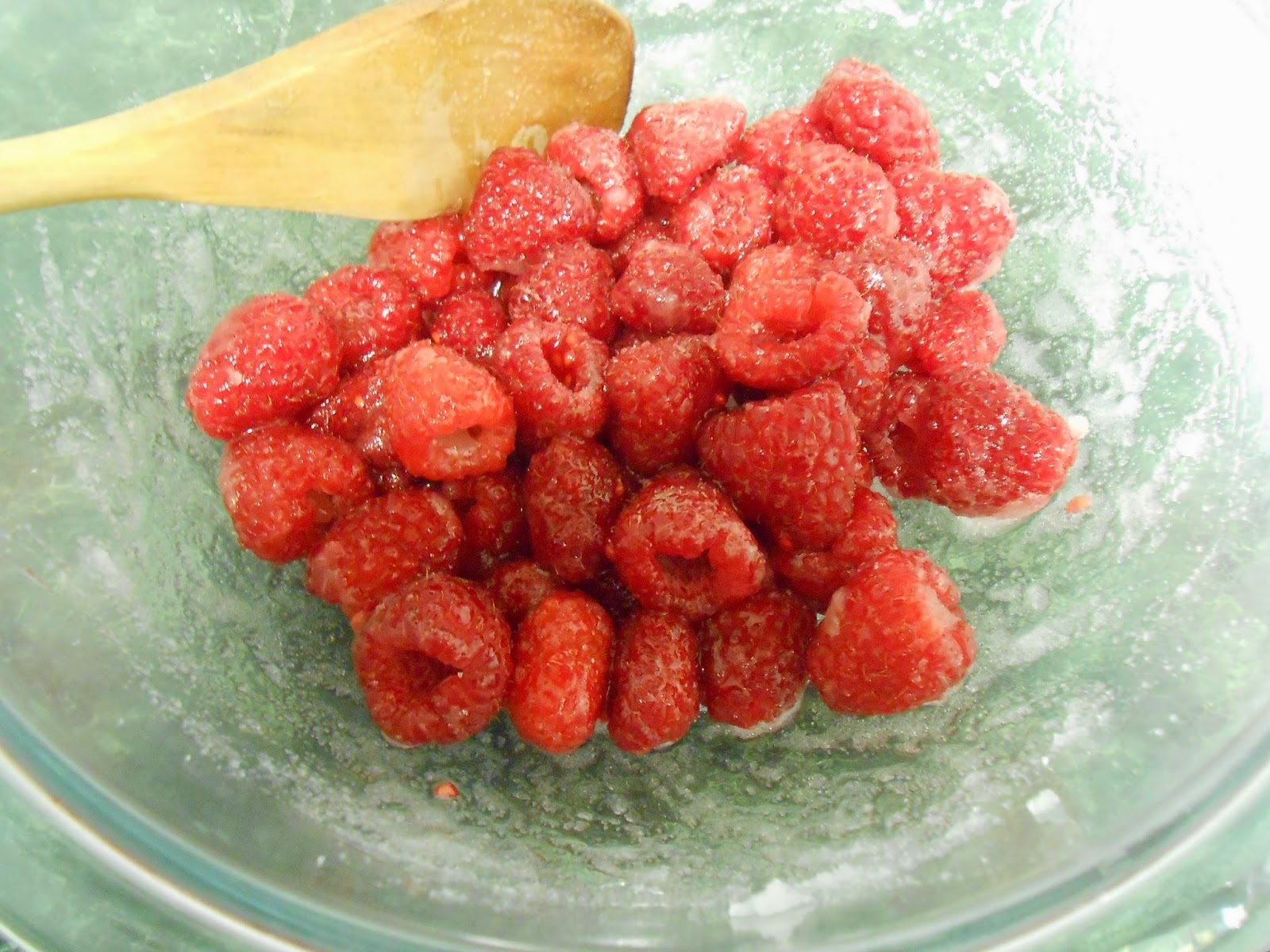Please note that this is a parody post and not meant to be serious or informative. I didn't want to make another berry recipe and fall produce isn't quite ready yet here, so this is what I have for you this week instead of food instruction. A friend requested this post, so I decided to oblige.
It's always possible to drink your strawberry cordial directly after brewing (which is often very tempting!) but if you want to keep your cordial available and fresh to keep your spirits up in winter, casking is the best option. It ages the cordial nicely and keeps it from spoiling so you can open and enjoy the drink whenever you choose.
The best casks are made of solid oak wood, as they create a nice, deep flavor on their own. Regardless of your choice of wood, however, you must start by making it liquid tight. Fill the cask with water, topping off as necessary until the wood expands enough to stop leaking before emptying the water. At this point, you can either fill the cask directly or season it.
An additional layer of flavor can be added by seasoning the cask first. The most common choice of seasoning in Redwall is maple smoke. Fill the bottom of the cask with fist-sized chunks of smoldering maple. Cover a majority of the top of the cask to concentrate the fire -- don't cover the entire opening or you will smother the fire. After several minutes, carefully remove the cover. The fire will rapidly expand, charring the inside of the cask and leaving behind a strong, smoky flavor.
Once the cask is prepared, fill it with your cordial or other beverage, seal the cask, and place it horizontally into a holder. After a week, open the cask and top off the liquid, which will have absorbed slightly into the wood. It may be necessary to repeat this process once more, but after two weeks your cask of cordial should be ready for storage.
14 September, 2014
06 September, 2014
Raspberry Tarts
I don't know about other people, but generally when I think "tart," I think of something small more often than I think of a normal, nine-inch dessert. These are even smaller than what I usually think, more like tartlets, and are perfectly bite sized...which makes them a little dangerous to have in easy snacking reach. These could be made with any berry that's in season. As summer starts to turn to fall, you may find that the berries available in your grocery store are looking a little past their prime. If this is the case, try the recipe with frozen, thawed fruit -- just be sure to drain them before adding the sugar or you'll end up with syrup at the bottom of the bowl.
Raspberry Tart Recipe
Prep time: 10 minutes
Cook time: 20 minutes
Total time: 30 minutes
Yield: 2 dozen tartlets
Ingredients
Raspberry Tart Recipe
Prep time: 10 minutes
Cook time: 20 minutes
Total time: 30 minutes
Yield: 2 dozen tartlets
Ingredients
- Shortcrust Pastry
- 2 cups raspberries
- 1/4 cup sugar
Directions
- Preheat oven to 400° F.
- Roll out the shortcrust pastry and use a cookie cutter or the top of a glass to make twenty-four 2-inch circles.
- Press the circles into greased mini muffin tins, patting any folds into a smoother cup shape.
- Toss together the berries and the sugar, then spoon into the crusts.
- Bake for 20 minutes, or until crusts are golden brown and berries are boiling.
- Remove from the oven and let the tarts cool enough that they are no longer spitting boiling berry juice at you.
- Use a knife to loosen the crusts from the tins and place on a cooling rack to cool completely.
- If desired, top with a small dollop of whipped cream.
Shortcrust Pastry
Puff pastry is good for pies and turnovers, but when I make tarts I don't want them to puff up and throw filling everywhere. Instead I use shortcrust pastry. This crust also works for the pies and turnovers and other things when you don't want to wait for the dough to chill overnight. When using this crust for sweet, fruit-filled tarts I add some sugar to the recipe.
Shortcrust Pastry Recipe
Prep time: 20 minutes
Total time: 20 minutes
Yield: One crust
Ingredients
Shortcrust Pastry Recipe
Prep time: 20 minutes
Total time: 20 minutes
Yield: One crust
Ingredients
- 3/4 cup whole wheat flour
- 3/4 cup all-purpose flour
- (For sweet recipes only) 1 tbsp sugar
- 1/4 cup vegetable oil
- Cold water
Directions
Subscribe to:
Comments (Atom)





